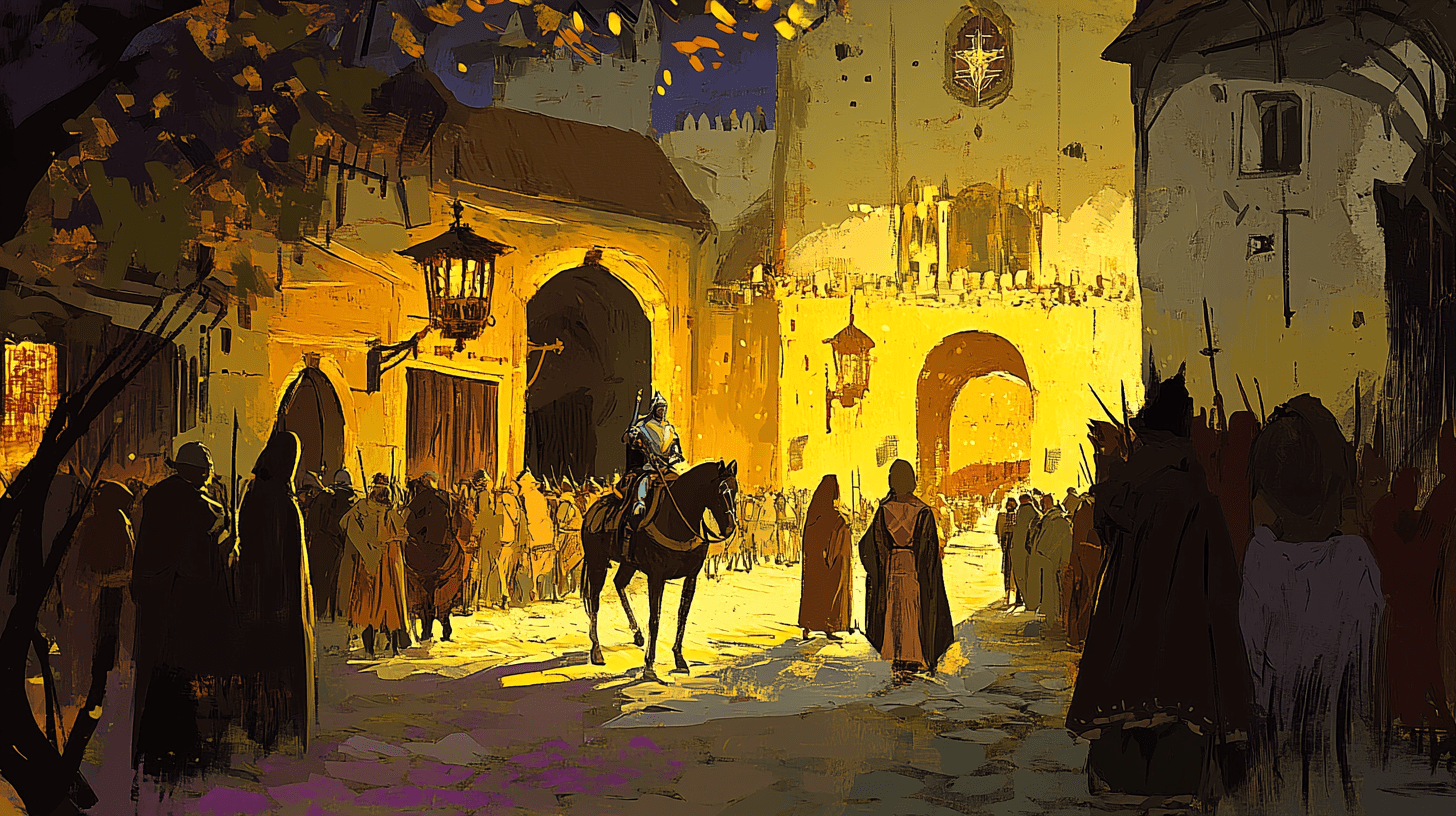Life in Medieval Europe wasn’t quite what you might expect. Warfare at the time, while quite different from modern warfare, was also very different from the way it’s often depicted in fictional media. Here are thirty weird (but true) facts about European life in the Medieval period.
The Dark Ages

The Middle Ages and the Medieval period are often called “the Dark Ages” due to a variety of factors including the fall of the Byzantine Empire and a perceived regression in scientific and artistic knowledge. While this knowledge wasn’t “lost,” per se, it was certainly deprioritized by the prevailing economic system.
The Feudal System
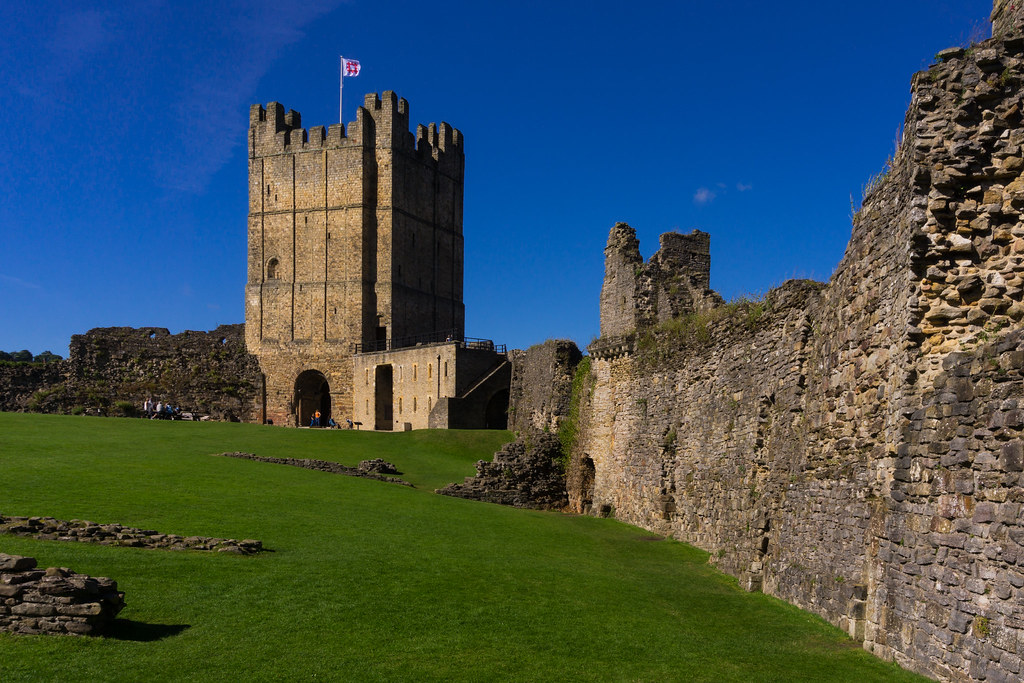
During the Middle Ages and the Medieval period, people largely lived under a system known today as feudalism. The gist of it works like this: common folk lived as serfs under landed nobility. The nobility, as their name implies, owned land and were granted certain rights that serfs didn’t enjoy.
Not Many People Could Read
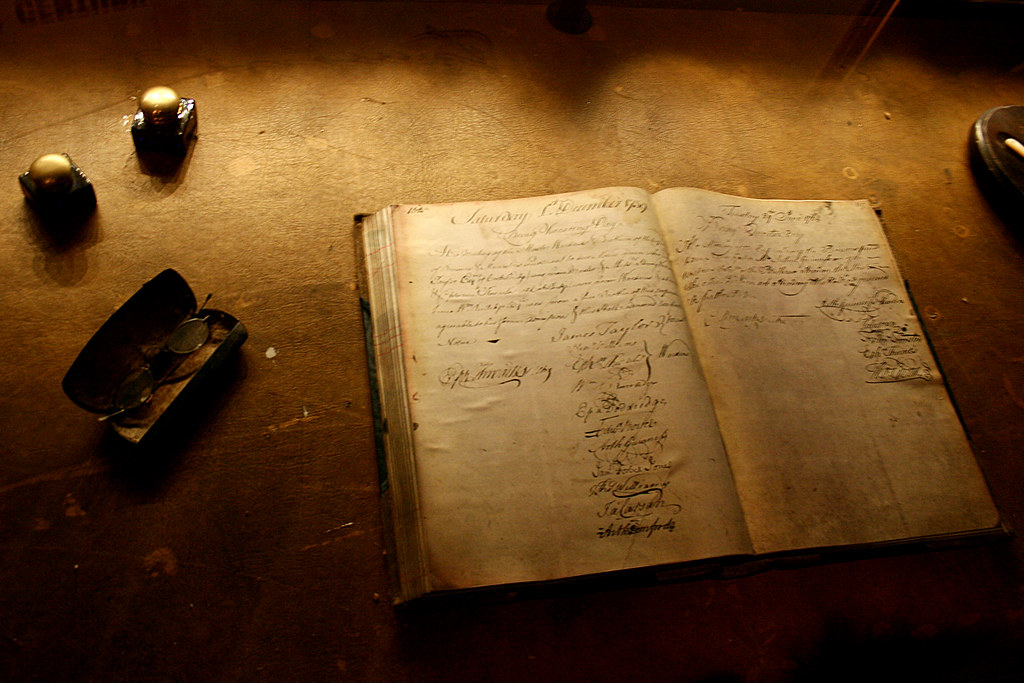
Case in point: serfs weren’t typically allowed to access education and learn to read. Through the vast majority of human history, only a very small percentage of people ever learned to read or write. This makes you dramatically better-equipped to understand the world around you than the average peasant from any time roughly 500 years ago or sooner.
Books were Rare
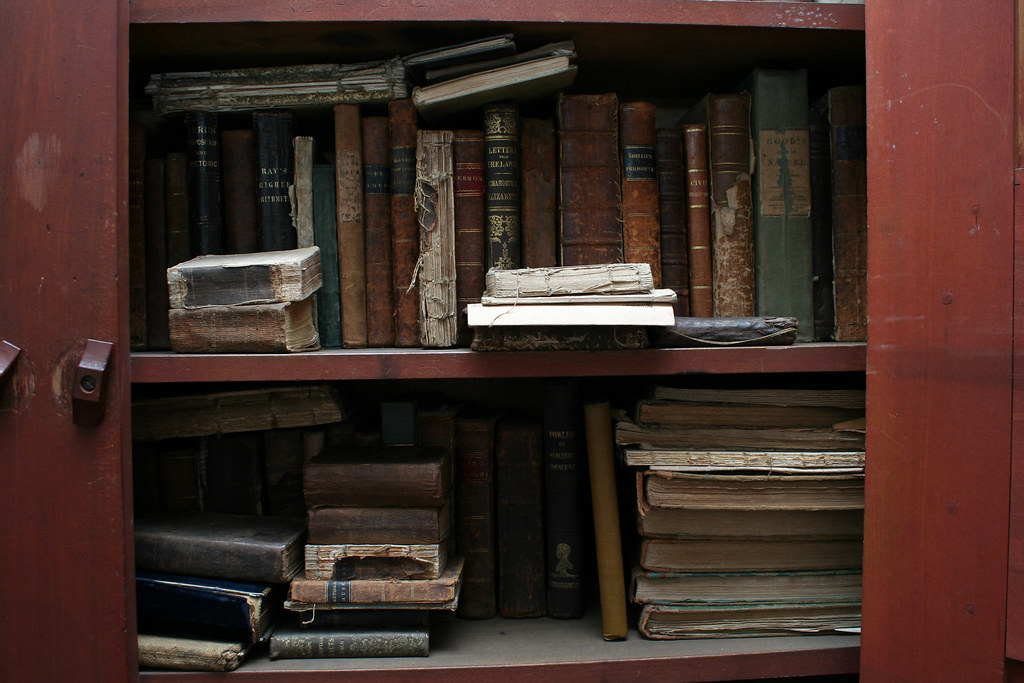
Also, before the invention of the printing press, books were more than just rare. They were downright precious! Books had to be hand-copied, typically by monks, and were painstakingly created with a flair for the artistic. As such, libraries within monasteries were considered especially culturally important, as they were the sole bastions of the history of the human race.
Scientific Knowledge
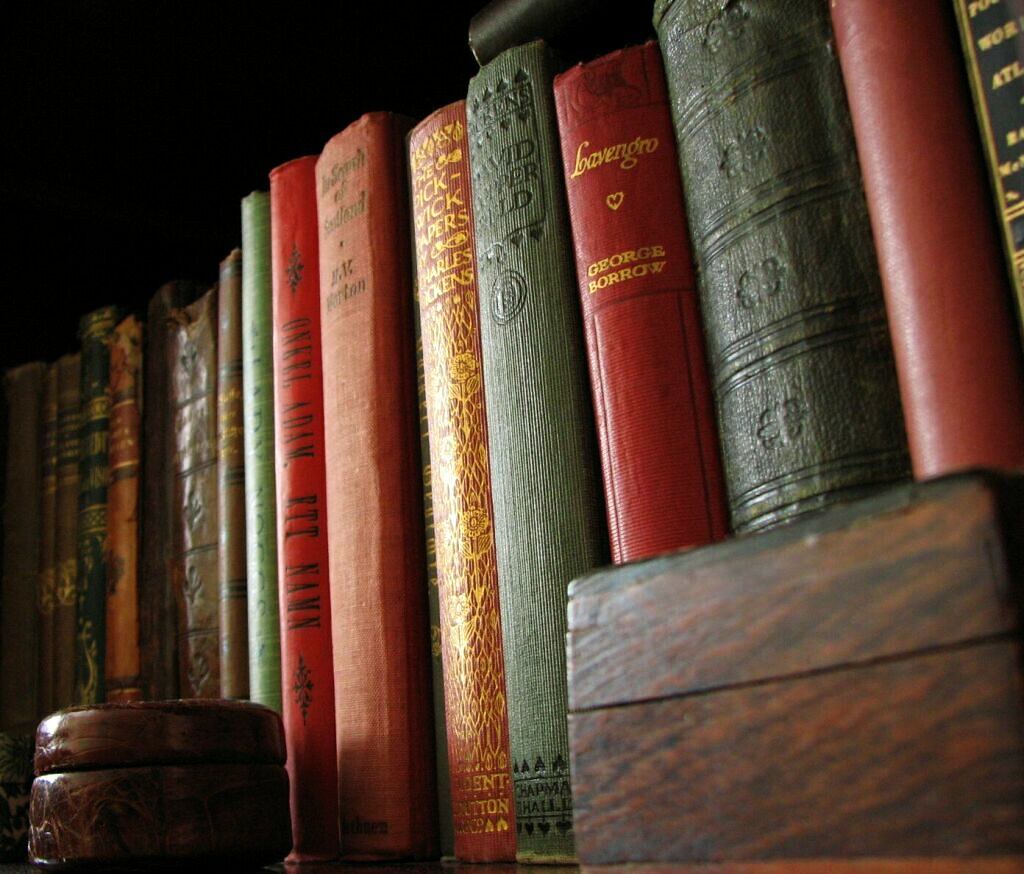
That’s not to say the human race as a whole was “dumb” in the Medieval period. Among nobility and scholars, there was still an active pursuit of scientific knowledge. However, due to a variety of factors, that scientific knowledge was much more limited than what we have today.
Germ Theory

The finest example of this would be in the field of germ theory, which didn’t exist until much more recently. While people intuitively understood that being around rotting things and standing water could get you sick, no one had a good grasp on the existence of pathogens or microbiomes in general.
Geographic Knowledge
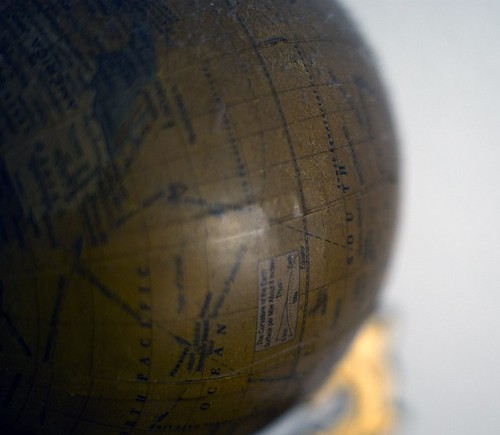
Even before Magellan’s expedition sailed around the world, though, knowledgeable people in the Medieval era knew that the earth was round. This was proven in the time of the Ancient Greeks by respected mathematicians who definitively proved it with reliable experiments. Such common geographical knowledge, however, was relatively unknown to peasants.
The Church

Religion played an outsized role in everyday life in Europe in the Medieval era. Due to the lack of literacy among the general population, priests were vital in passing knowledge about holy scripture to the peasants. And, again, since people couldn’t read, they needed priests to interpret passages for them.
Divine Right to Rule
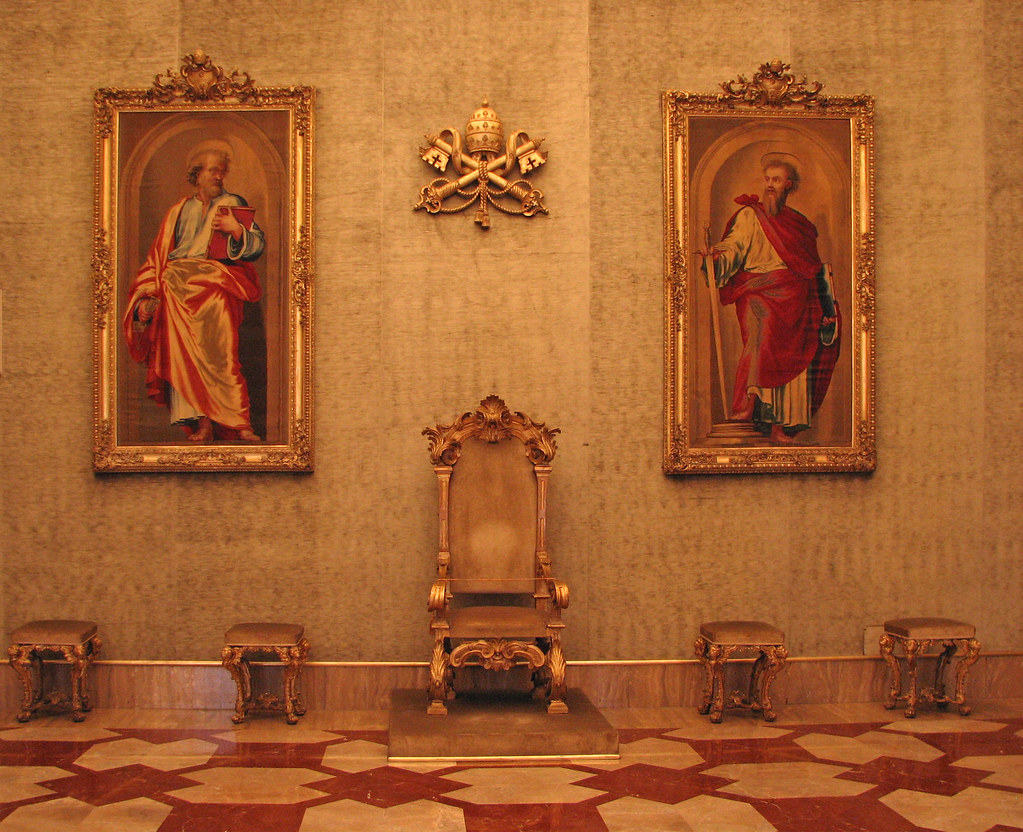
As such, most royal families of the era justified their monarchies by claiming they had a divine right to rule. While they came into power through the might of armies, they kept power by convincing the populace that their leadership was ordained by God. For a population that was assured of the righteousness of their deity, this was an irrefutable stance.
Strength of Arms
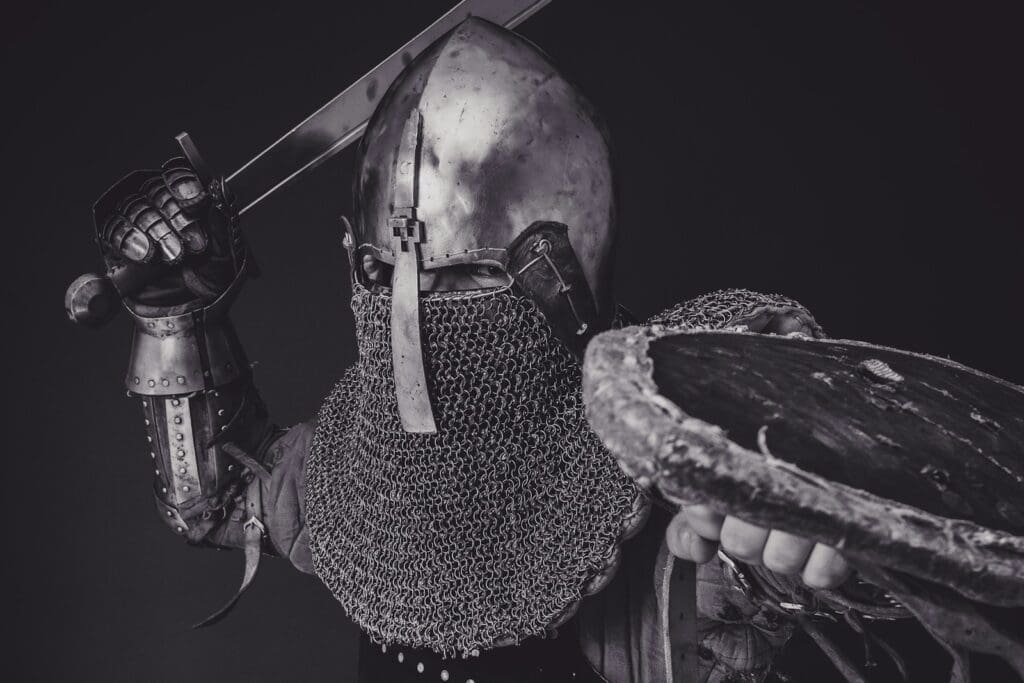
Moreover, the Medieval period was notably more warlike than the modern era. Their weaponry was much more simple and straightforward. A large enough army of strong men with sturdy weapons was enough to win many battles, so many empires rose and fell based on their weapon production and their access to hardy foods.
Food Production

That brings us back to the serfs. Their main job in the feudal system was to tend crops. After all, everyone’s gotta eat. That goes double for soldiers. Before industrial farm equipment was invented, growing and cultivating crops was a much more intensive process than it is today.
Leisure Time?
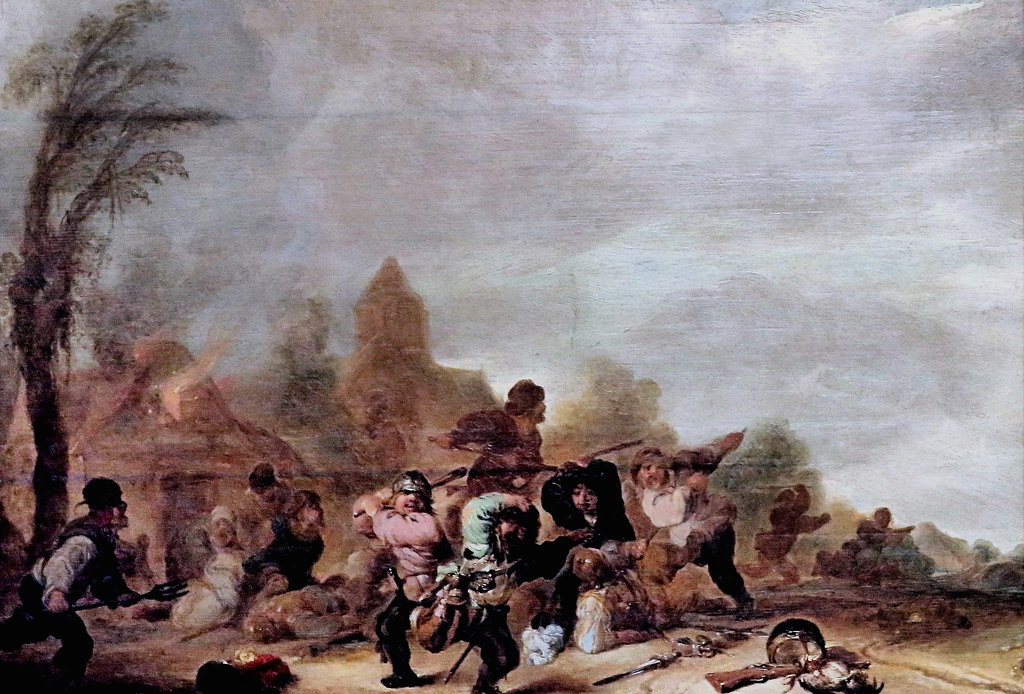
Since food production required thousands of man-hours to grow enough produce and cattle to feed everyone, peasants had little time for anything aside from toiling in the fields and their once-weekly visits to church. This ties into their illiteracy: even if serfs could read, it’s not like they’d have time to pick up a book.
Nobility
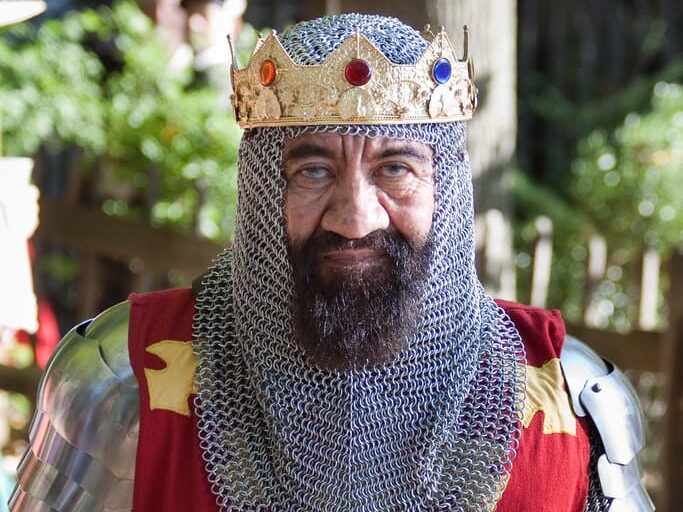
The nobility, meanwhile, served at the discretion of the royal family. These landowners were expected to pay their tithes to the crown, which usually included crops and fighting men, and were thusly afforded some degree of autonomy. This means that nobles had more leisure time, and would often pick up hobbies including writing and participating in sporting contests.
Surnames
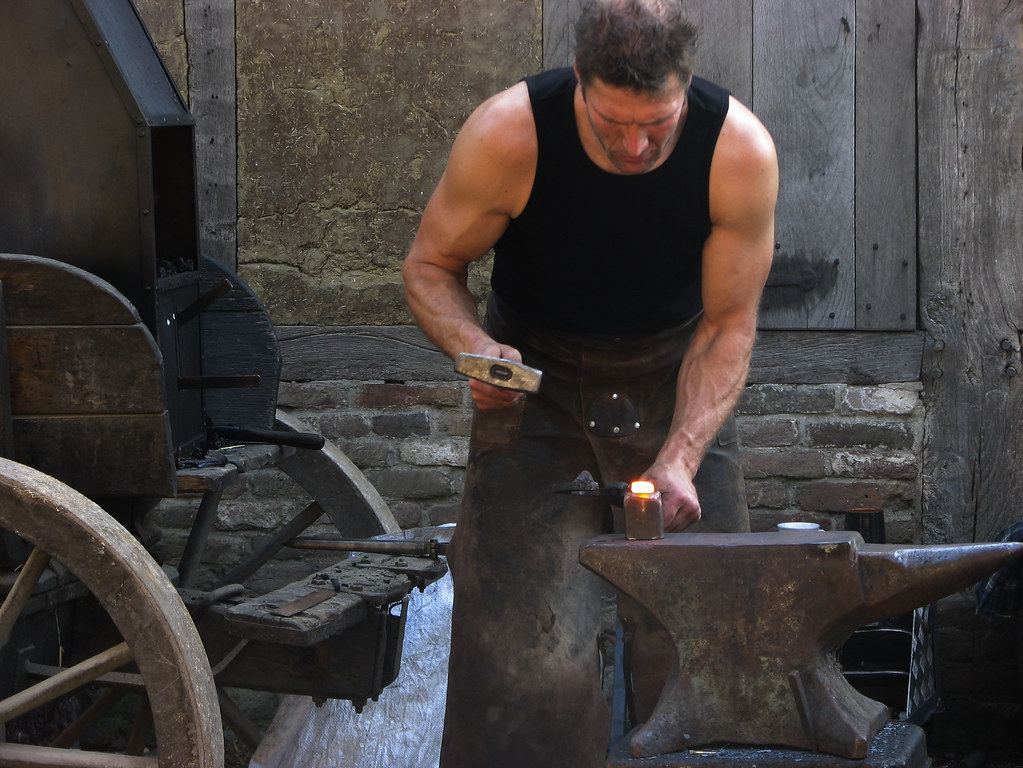
Family names weren’t a given in the Middle Ages. Nobles had family names, of course, to track who owned what plot of land. However, many serfs didn’t receive family names until the advent of settlements outside the scope of noble holdings. These family names were typically descriptive of the family’s profession.
Money?
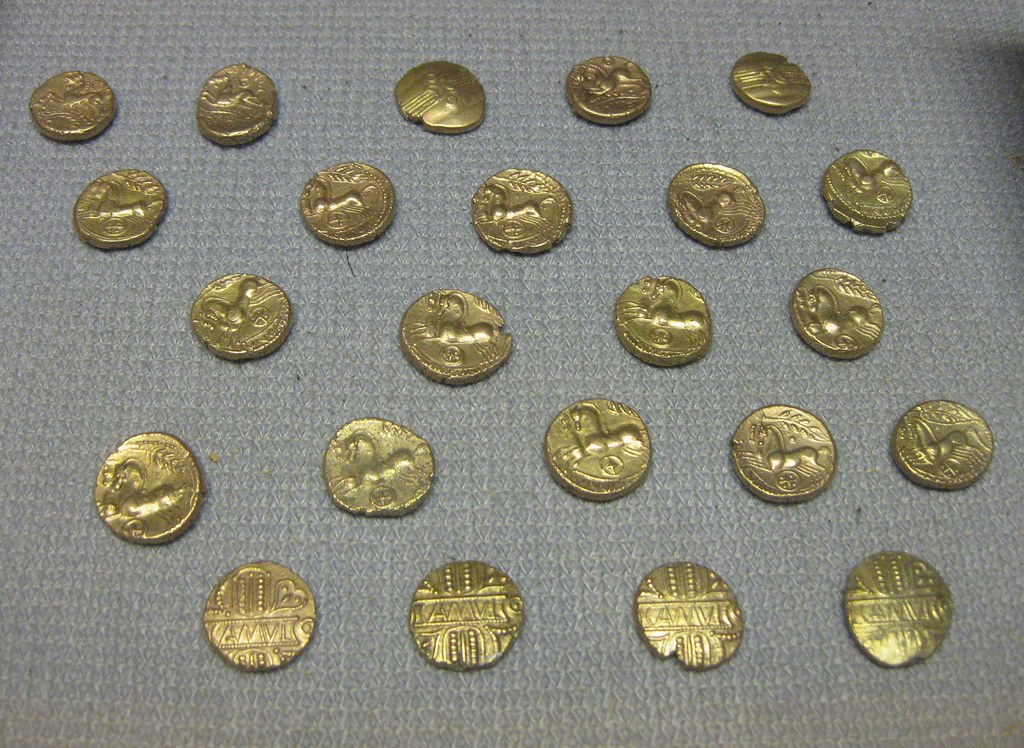
While some merchants traded goods in exchange for currency, the concept of fiat money as a common form of exchange was a bit foreign to many people in the Medieval era. Peasants couldn’t go shopping. Nobles had everything they really wanted already. Artisans, guild members, and craftsmen were among the few people who would ever exchange precious metals for goods or services.
Salt

Salt, and other seasonings, were quite rare in the Middle Ages. These things would have commanded a high price among merchants and were the object of many nobles’ attention. Most serfs would go their entire lives without tasting some exotic spices, and would only have other spices with special meals like on holidays.
Other Expensive Items
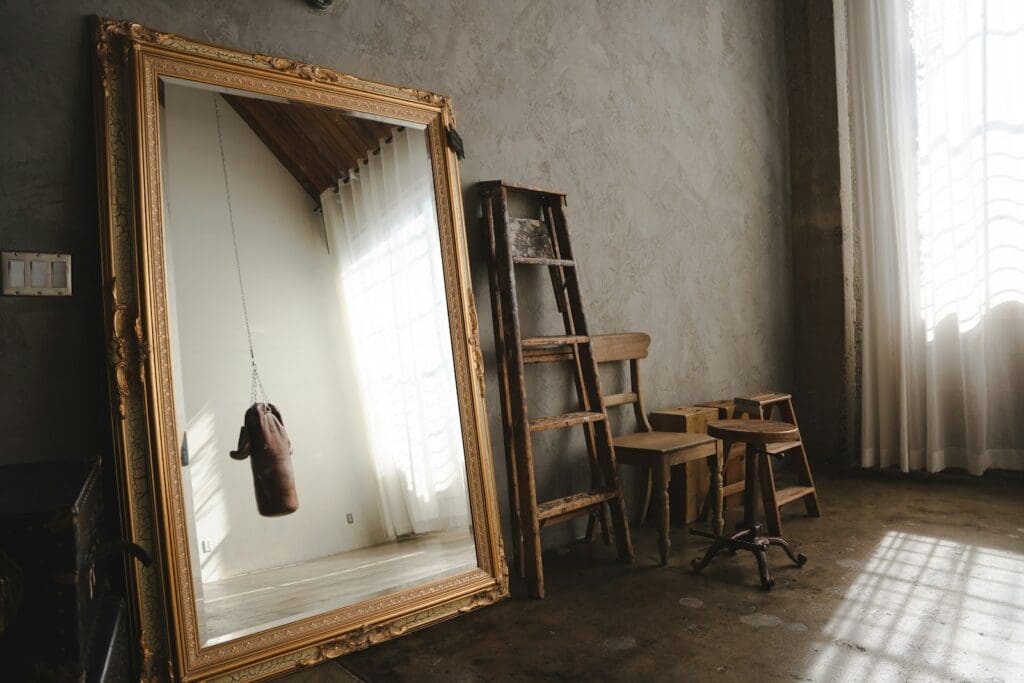
Mirrors, needles, and paper were also all prohibitively expensive. These items were all quite complex to make without industrial tools and would have taken craftsmen a considerable amount of time and effort. As such, a gift of a mirror or a fine needle would have been extravagant. This is also why breaking a mirror is considered back luck!
Art
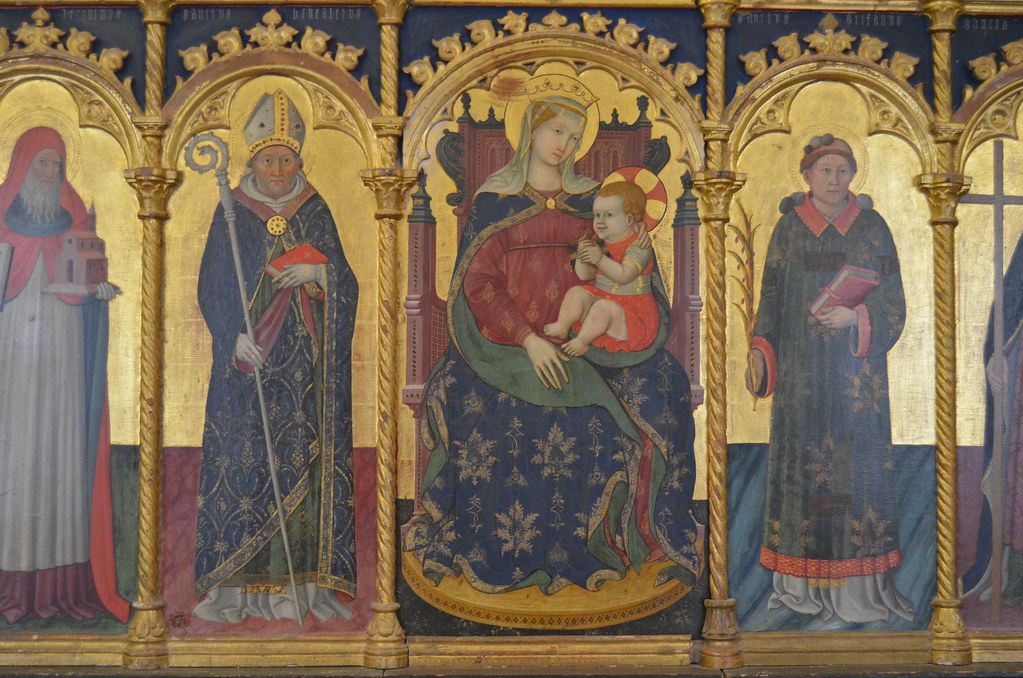
Before the Renaissance, most modern painting and sculpting techniques weren’t in practice. Still, there were artists! Some nobles and other guild members pursued artistic endeavors, though their work is much more rudimentary than what you’d see a few centuries later.
Morality
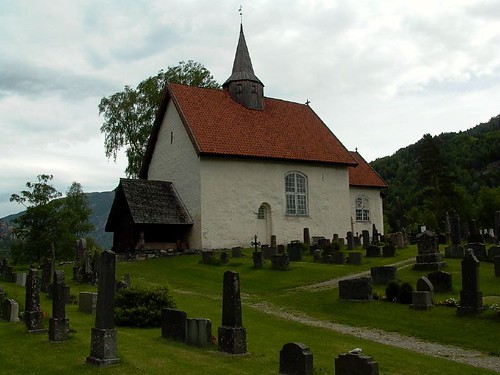
Much of the moral life of the people living in the Middle Ages was dominated by the church. But, as a general rule, there was a strong focus on patriarchy, hierarchy, and the might of those victorious in warfare. Those who were strong enough to lay claim to land were generally said to also be righteous enough to administer it. In a nutshell, “might makes right.”
Animals Could be Tried and Convicted
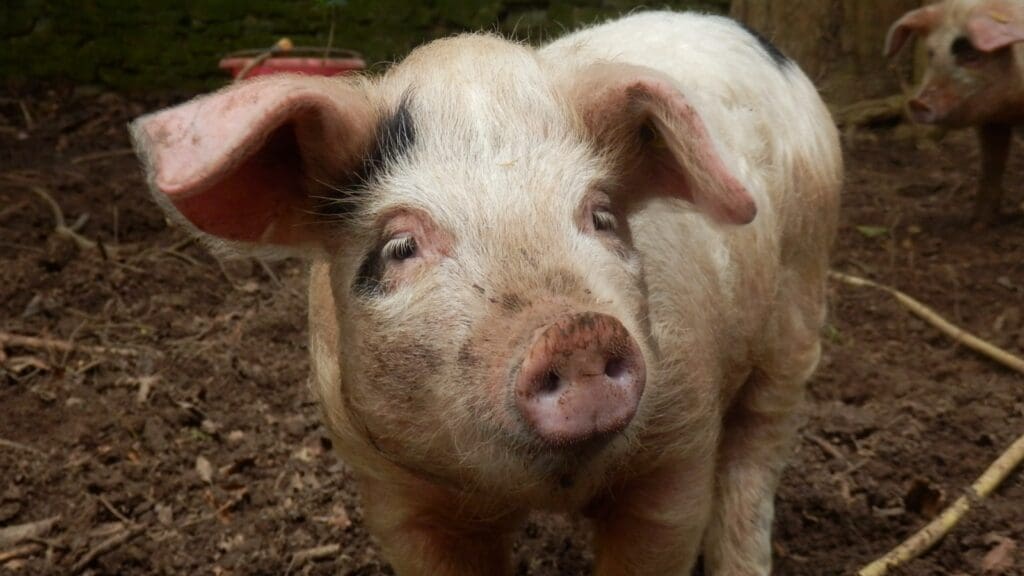
Strangely, this morality was also applied to animals. People in the Medieval era would occasionally hold trials for animals, who could be convicted and punished for their “crimes.” The concept of the accused being capable of understanding the charges against them didn’t seem to occur to anyone.
Bizarre Styles

Fashion changes over time, but perhaps the most notable example of absurd Medieval fashion is the Cracow shoe, a notoriously long-toed type of footwear. They originated in Krakow, Poland, as you might expect, and they were considered extremely fashionable among nobles.
Archery Training
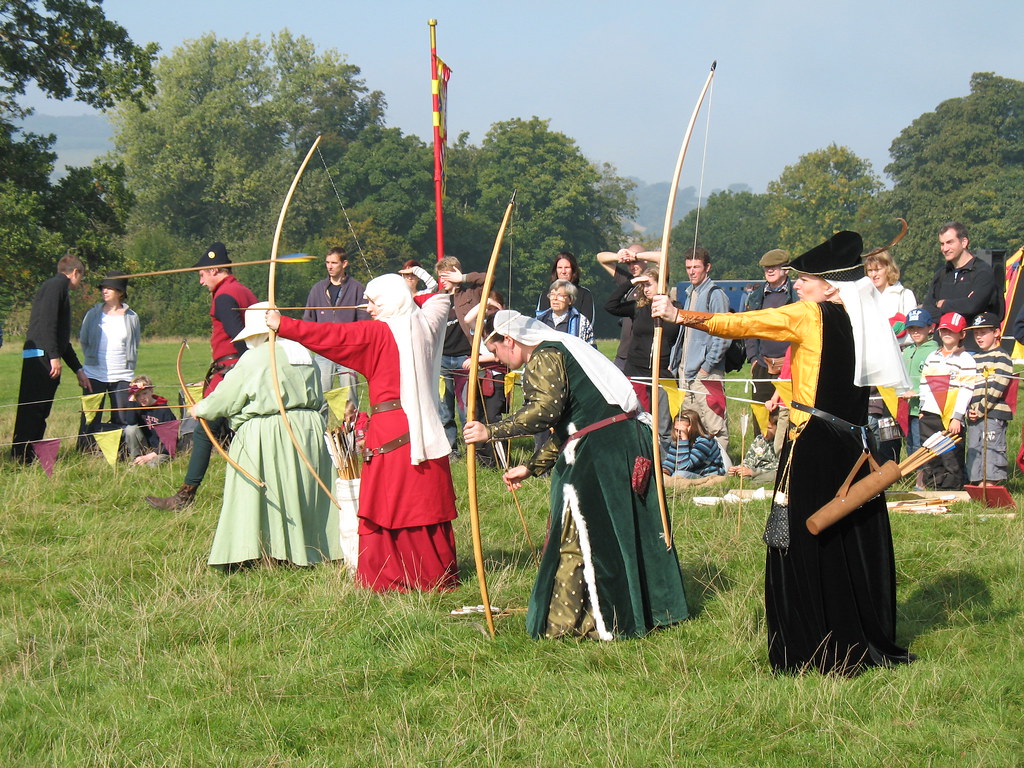
Edward III of England made archery training compulsory for all English men during his reign. The law compelled every man of fighting age to attend practice on Sundays, in order to supply plenty of archers for the English army. It would prove to be a successful strategy, as the English won numerous historic victories in battles like the one at Agincourt on the strength of their superior archers.
The Family Business
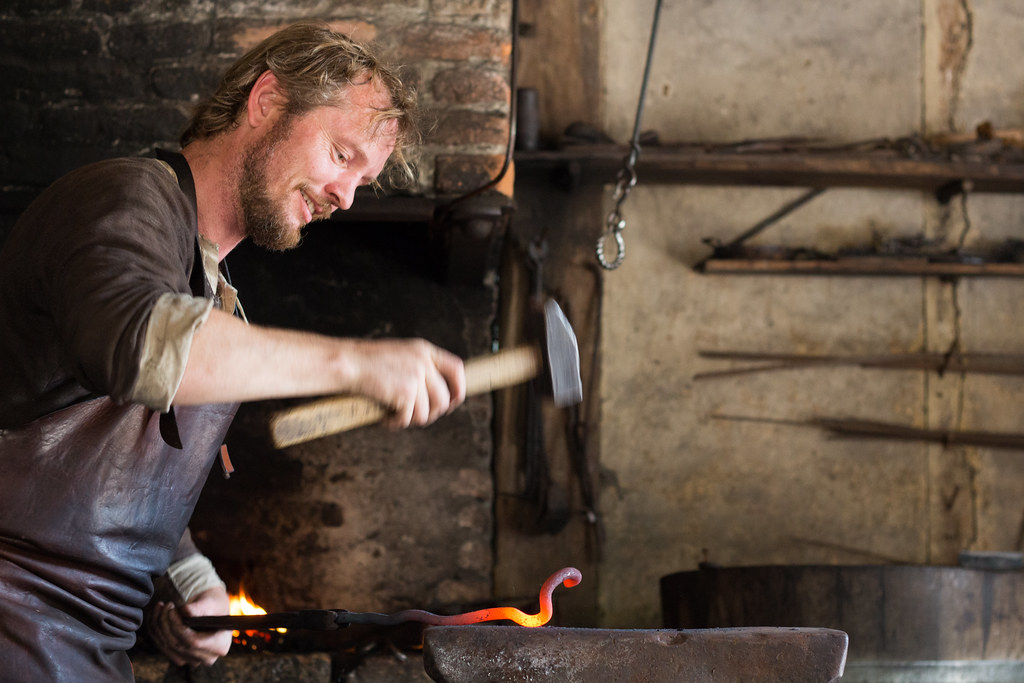
As technology advanced and fewer peasants were needed to till the land, many started to specialize into specific professions. These included jobs like cobbling, smithing, barrel-making, and so on. This job was passed from parent to child, leading to surnames like Cooper and Smith that persist to this day.
Military Engagements
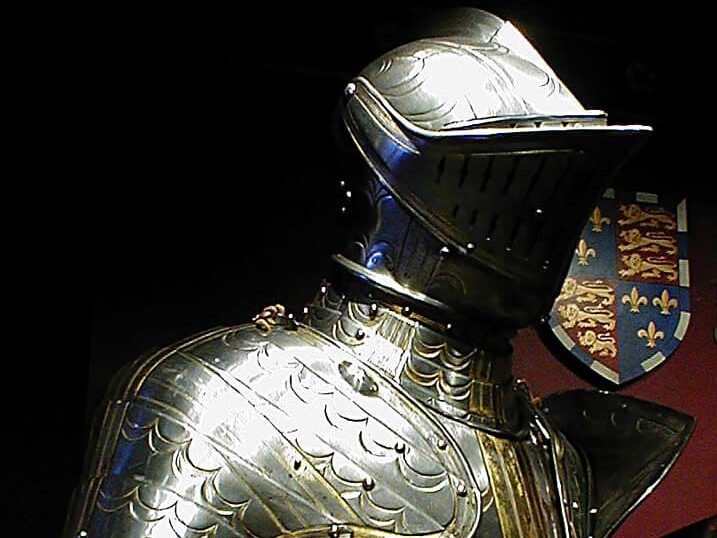
Wars were fought with weapons like swords, hammers, maces, and bows in the Middle Ages. Battles were rarely random, vicious skirmishes, though. In fact, the majority of pitched battles were somewhat awkward affairs, with groups of warriors clashing briefly, exchanging a few casualties, and then breaking back to their main lines.
The “Headlong Rush”
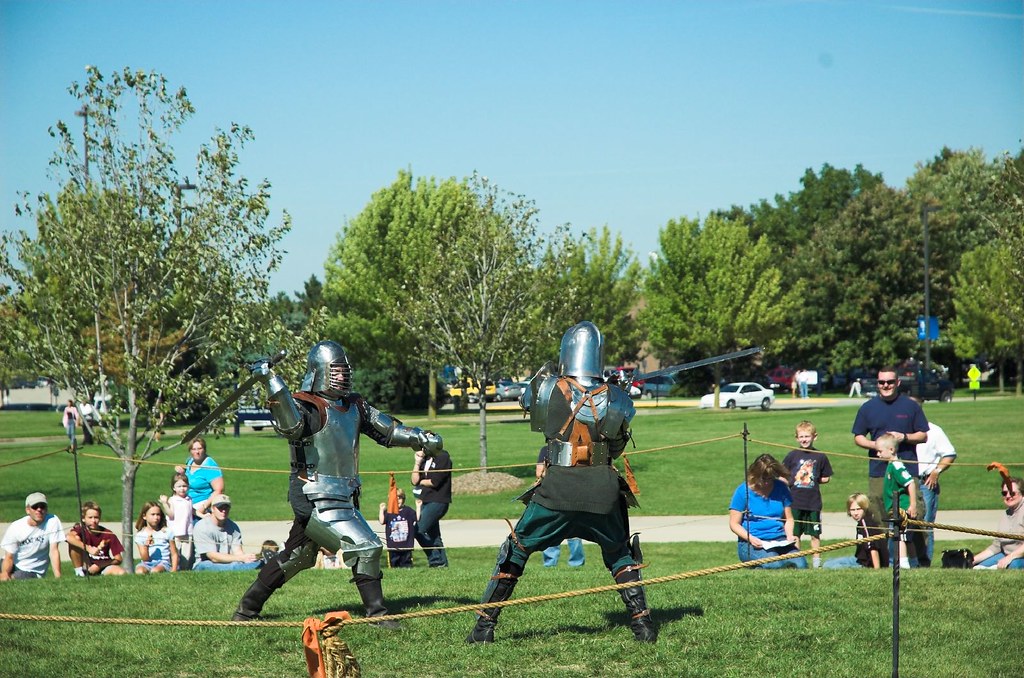
Fictional depictions of Medieval warfare often depict two armies running at each other at full tilt and then showing a battle descending into a full-blown melee. This wasn’t likely for a few reasons. For one thing, people don’t like running with long, pointy weapons pointed out at people.
The Melee
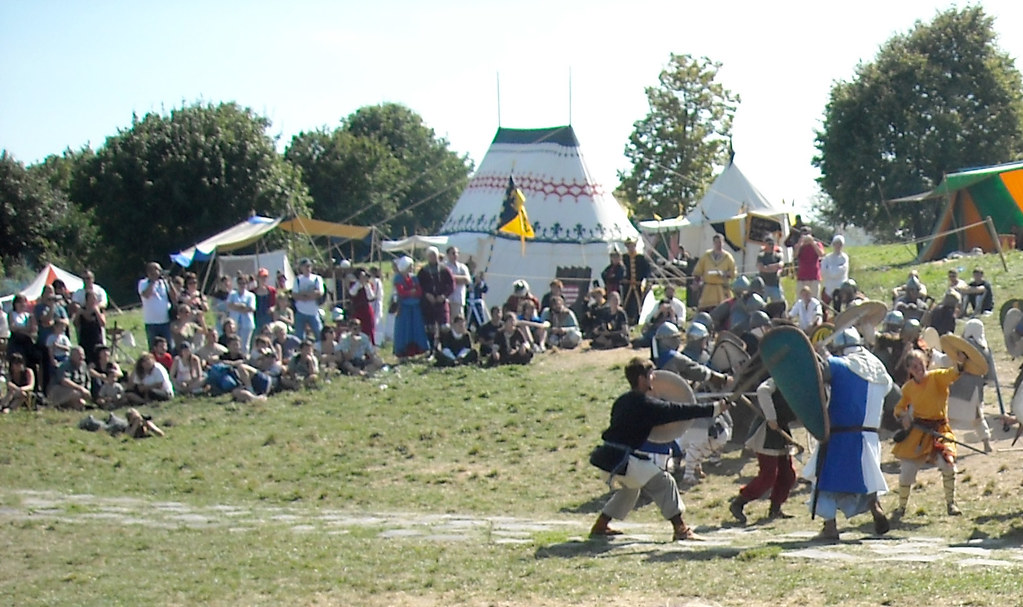
For another, you don’t want to get an entire army into a melee. How are you supposed to tell who’s on your side? Instead, battles were rarely routs where the majority of a fighting force would be put to the sword. Once one side suffered too many losses, they were quick to surrender to the mercy of their opponents.
Sieges
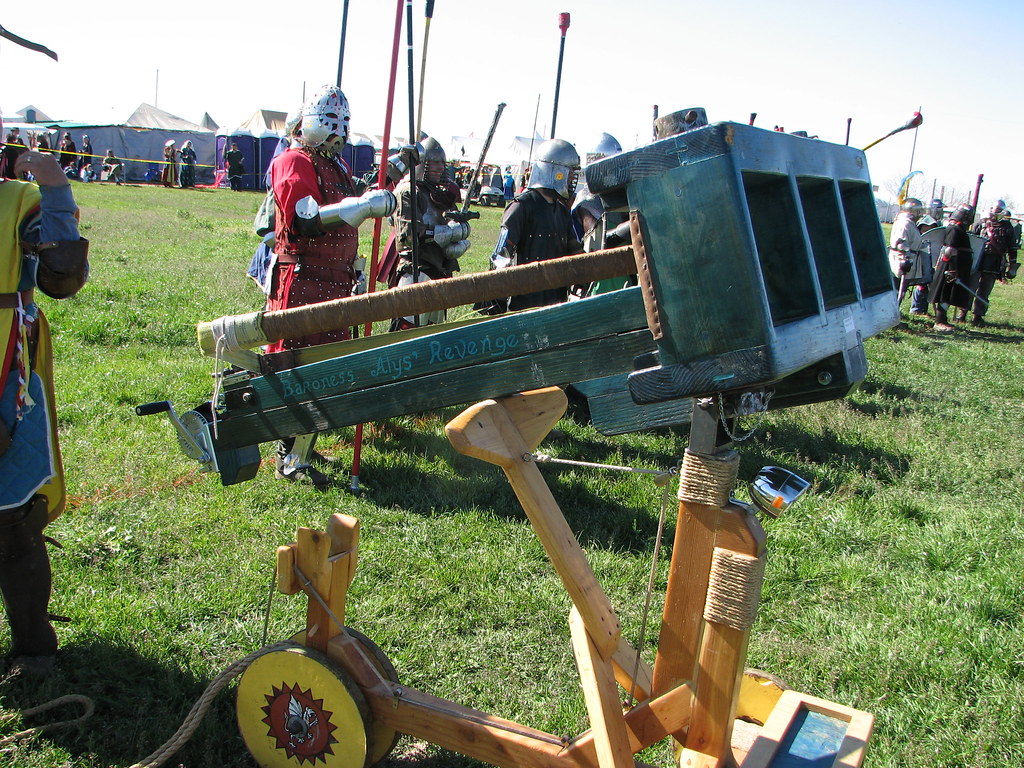
Siege warfare was very common for these reasons. Soldiers really don’t like running at guys with weapons pointed at them, and, instead, tend to run back to the walls of their cities. Once the city gates are up, the attackers are forced to go into siege mode and just try to starve their opponents out. Alternatively, they could try to break the siege with subterfuge, catapults, and flinging diseased bodies over the walls.
Swords
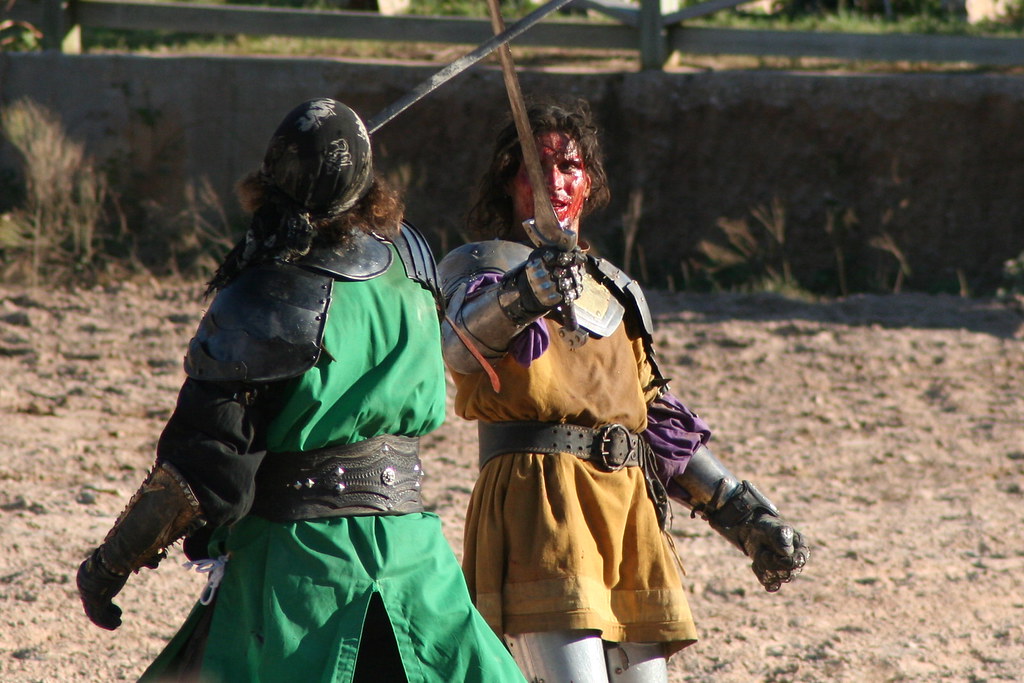
The sword is the go-to melee weapon seen in many fictional accounts of the Medieval era. Swords were quite popular as sidearms due to their all-metal construction, versatility, and ease of maintenance. However, as plate armor became more commonplace, the use of swords shifted.
Related: The Best Fantasy Movies Ever Made
Other Melee Weapons
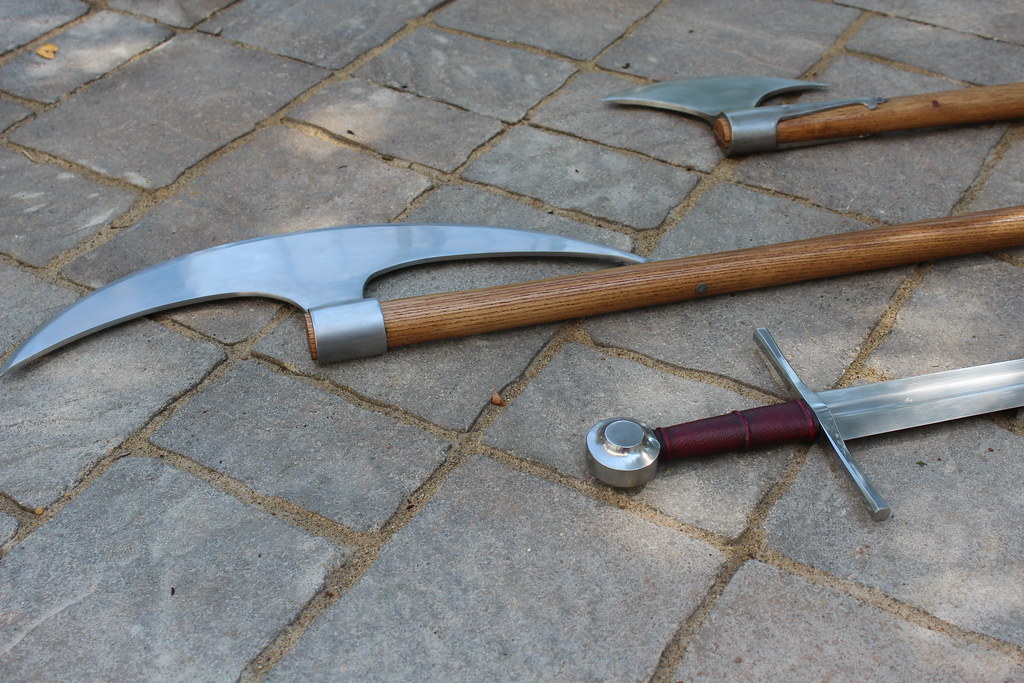
Many warriors in the era preferred to use spears, axes, maces, and bows. These all offered distinct advantages not afforded by swords. That’s not to say that no soldiers wielded swords, but it would be more accurate to picture a knight using a poleax until closing into a more confined space and switching to his sword.
Related: 27 Historical “Facts” That Have Been Debunked
Handbags
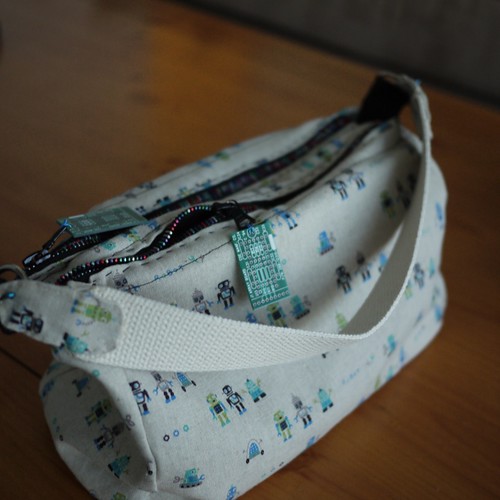
The origin of the term “handbag” is somewhat grim. Women were often hired to clean up battlefields and help count the number of defeated warriors. Since moving the deceased is quite difficult, they’d often just take the hands off them and throw them into canvas bags to carry back into town and count. These “handbags” were common accessories in the Medieval era.
Related: Urban Legends That Have Been Debunked

